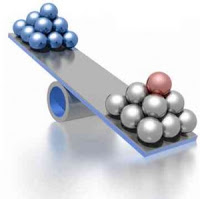
Every company is a software company.
Software is a key to success. This is the new reality in the digital world.
How can you create better digital products and services?
How can you delight your customers, your collaborators, and your stakeholders?
How can you increase the odds of success for your digital products?
We identified six levers to multiply the effectivity of your agile development teams and empower them to create great services and products.
Please add these tools to your toolbox and create great products.